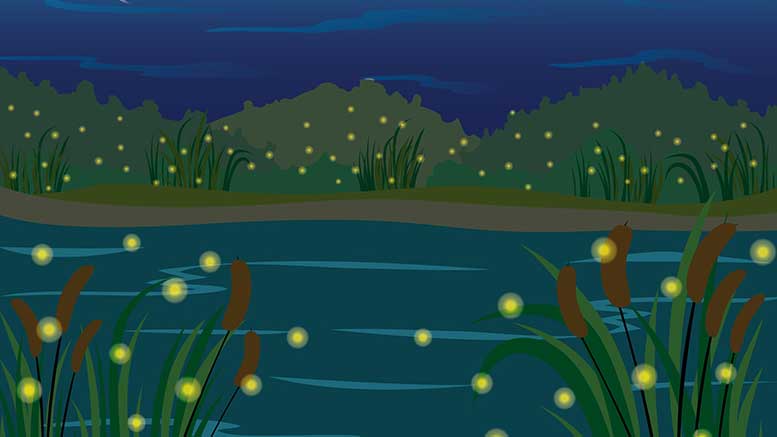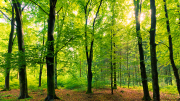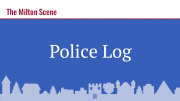View fireflies begin their mysterious blinking-light displays on a mid-summer night
Firefly Watch combines an annual summer evening ritual with crucial research
Who isn’t delighted to see fireflies begin their mysterious blinking-light displays on a mid-summer night? Fans of these intriguing insects can turn their awe into positive action by joining Mass Audubon’s Firefly Watch Citizen Science Project.
Firefly Watch combines an annual summer evening ritual with crucial research. People of all ages and backgrounds can become part of a community of volunteer “citizen scientists” looking for fireflies in their backyards or nearby fields and then providing data in support of these amazing creatures and their habitats.
Project citizen scientists can play an important role in answering questions related to firefly vitality, including population changes, geographic distribution, and environmental pressures.
Mass Audubon, the state’s largest nature conservation nonprofit, has succeeded the Museum of Science in overseeing Firefly Watch and is continuing to partner with the laboratory of Tufts University biology professor Sara Lewis, a recognized authority on North American firefly behavior and ecology.
“I’m absolutely thrilled to be part of this exciting citizen science project with Mass Audubon,” Professor Lewis said. “As we try to track firefly population trends around the country, we really need everyone’s help. Plus, it’s fun! Everyone loves watching—and counting—fireflies, right?”
Director of Education Kris Scopinich shared the Tufts researcher’s enthusiasm, noting, “Citizen science aligns closely with Mass Audubon’s mission to connect people with nature, so we are truly excited to be overseeing Firefly Watch and partnering with Sara Lewis and her team.
“Mass Audubon members and all those who participate from across the U.S. and Canada in this worthy project are working at the intersection of their own curiosity about fireflies, a concern for conservation, and scientific discovery,” Scopinich added. “Let’s also remember that fireflies are a great reason to explore all of the wonder of nature at night.”
To sign up and to learn more, please visit www.massaudubon.org/fireflywatch.
About Mass Audubon:
Mass Audubon protects 38,000 acres of land throughout Massachusetts, saving birds and other wildlife, and making nature accessible to all. As Massachusetts’ largest nature conservation nonprofit, we welcome more than a half million visitors a year to our wildlife sanctuaries and 20 nature centers. From inspiring hilltop views to breathtaking coastal landscapes, serene woods, and working farms, we believe in protecting our state’s natural treasures for wildlife and for all people—a vision shared in 1896 by our founders, two extraordinary Boston women.
Today, Mass Audubon is a nationally recognized environmental education leader, offering thousands of camp, school, and adult programs that get over 225,000 kids and adults outdoors every year. With more than 125,000 members and supporters, we advocate on Beacon Hill and beyond, and conduct conservation research to preserve the natural heritage of our beautiful state for today’s and future generations. We welcome you to explore a nearby sanctuary, find inspiration, and get involved. Learn how at massaudubon.org.






Be the first to comment on "Mass Audubon Citizen Science Project helps to shed light on fireflies"